Cockburn Street: Edinburgh’s Serpentine Gateway And Its Notable Buildings
Cockburn Street, located in Edinburgh’s Old Town, is a charming and important street that connects the High Street to Waverley Station.
Opened in 1856, this winding street was designed to improve access from the old, narrow lanes of the Royal Mile to the newer railway station.
The street was originally named Lord Cockburn Street after the influential Scottish lawyer and literary figure Henry, Lord Cockburn.
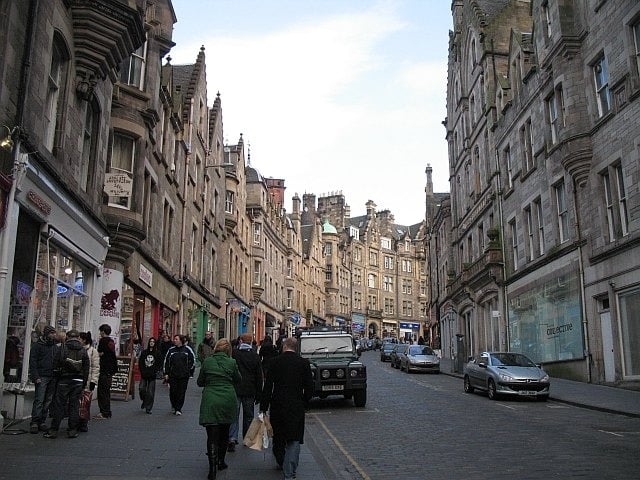
Who Is Henry Cockburn?
Henry Cockburn, also known as Lord Cockburn, was an important figure in Scotland during the early 19th century.
Born in 1779 and passing away in 1854, he was known for his work as a lawyer, judge, and writer.
He also cared deeply about preserving Edinburgh’s history.
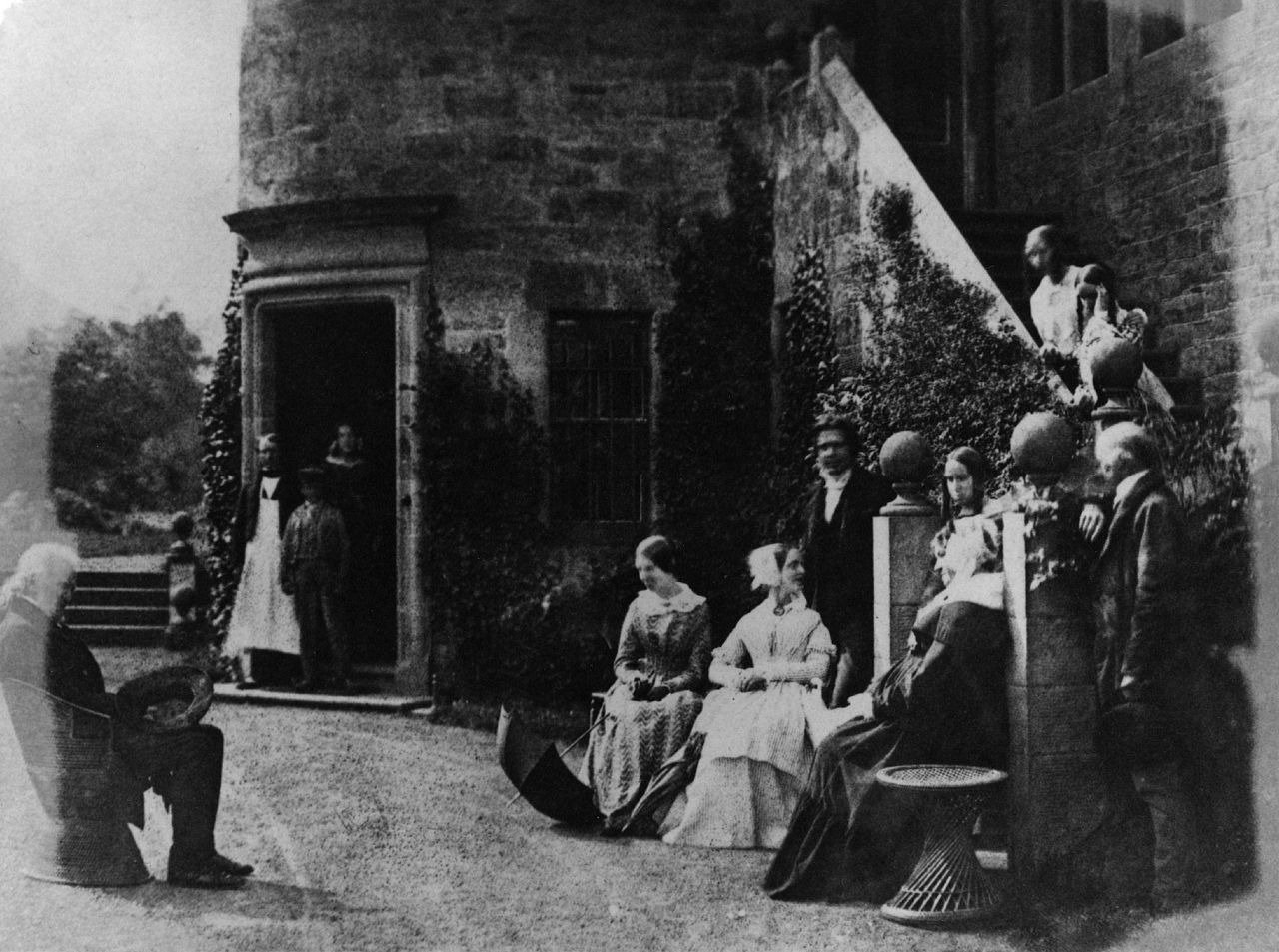
Cockburn began his career as a lawyer in 1801 and quickly became well-known for his skills.
In 1834, he became a judge in Scotland’s highest court, the Court of Session.
He was respected for his fair judgments and sharp mind.
Cockburn is also remembered for his writing.
His book, “Memorials of His Time,” is a collection of memoirs that gives a lively picture of life in Edinburgh and Scotland during his era.

Cockburn was very concerned about the changes happening in Edinburgh.
He wanted to make sure that new buildings and developments did not destroy the city’s historic character.
His efforts helped preserve Edinburgh’s unique architectural style and historic charm.

Cockburn Street
Cockburn Street was created to offer a smoother and more convenient route to Waverley Station, which had opened in 1846 but was initially only reachable through steep, narrow paths from the Royal Mile.
The new street made travel easier with its gentle slope and wider layout.

Architectural Style
The design of Cockburn Street, developed by the architectural firm Peddie & Kinnear, showcases the Scots Baronial style popular at the time.
Although the street was initially named Lord Cockburn Street, this was shortened within ten years.

One of the most notable buildings is the City Chambers, a large structure that rises twelve storeys above Cockburn Street.
It was built in 1761 and highlights Edinburgh’s early adoption of high-rise buildings.
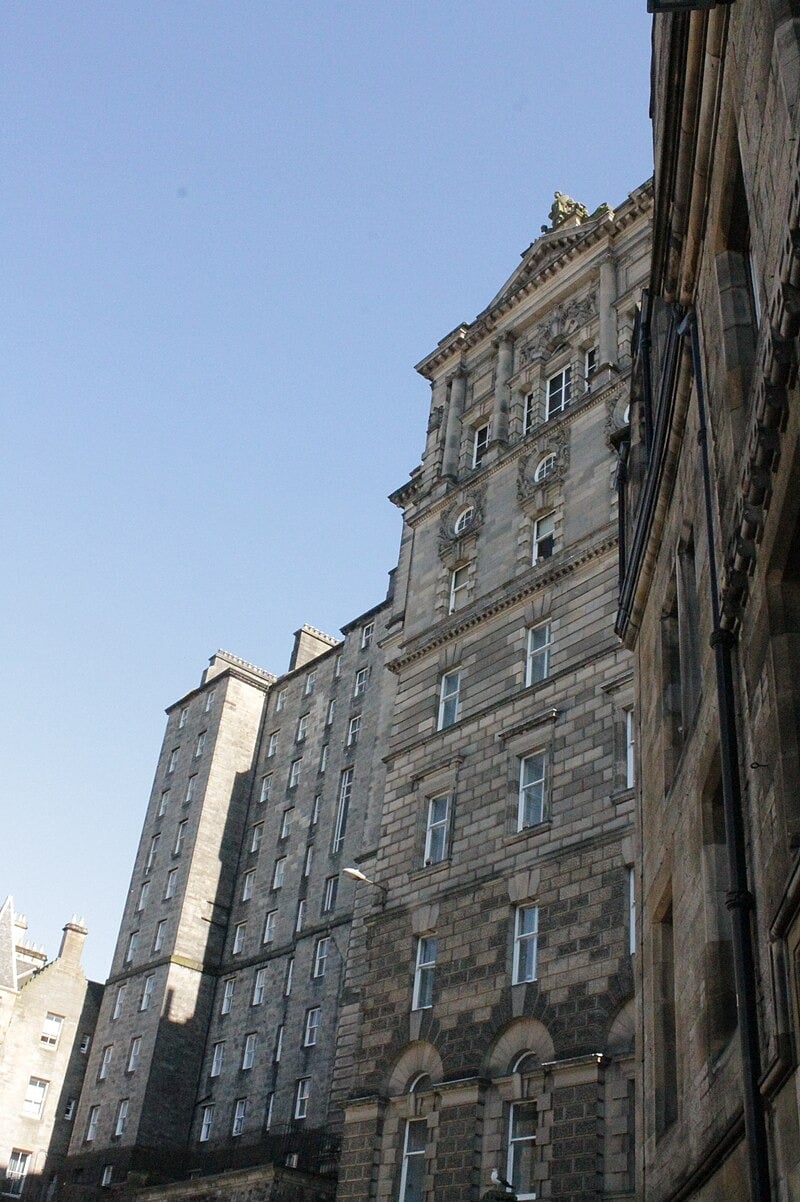
Medieval Remnants
Cockburn Street keeps a link to Edinburgh’s medieval past.
On the south side, towards the Royal Mile, you can find old closes like Warriston Close and Advocates Close, dating back to the 16th century.
On the north side, the closes mostly come from the 19th century.
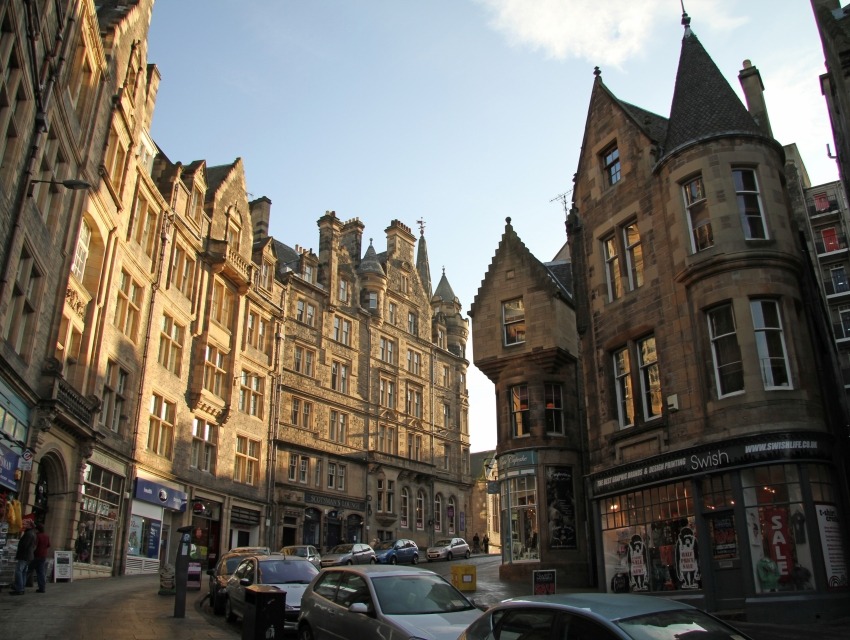
Unique Features and Film Appearances
Cockburn Street stands out for several reasons.
One building features high-level carvings of an owl and a pussycat, inspired by Edward Lear’s famous poem, “The Owl and the Pussycat.”
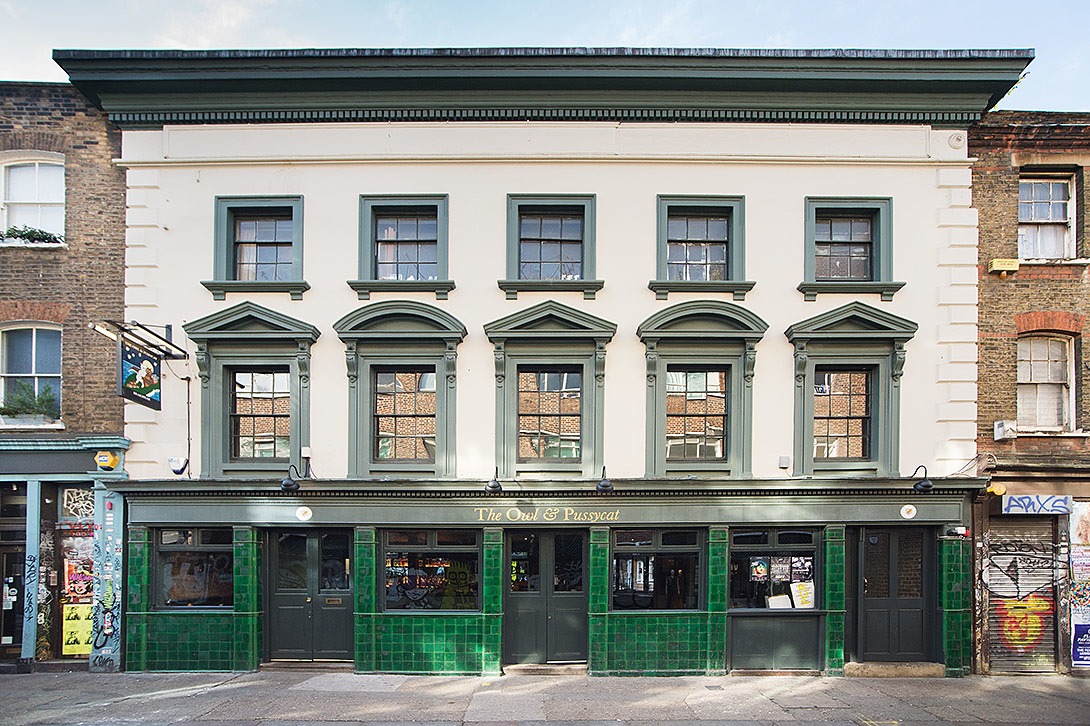
The street also has shops with large timber shutters that drop below ground level when open, adding to its unique charm.
Cockburn Street has also been a popular spot for filmmakers.
The building at 51 Cockburn Street appears in the film “Hallam Foe.”
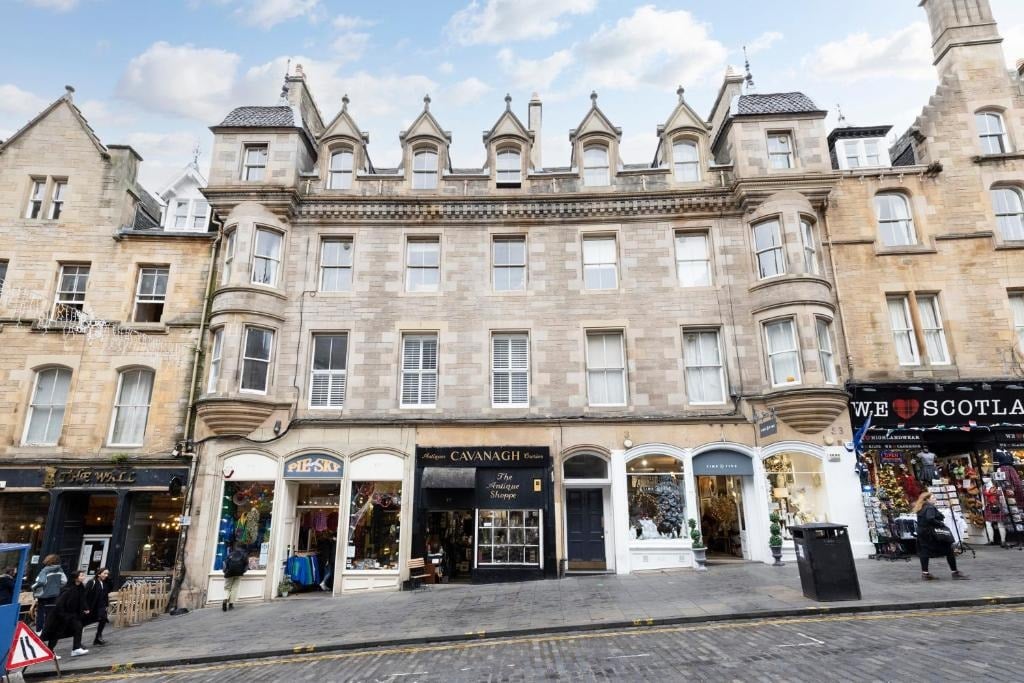
Scenes for “Avengers: Infinity War” were shot here in April 2017, and the street also features in “Trainspotting 2,” where it serves as the backdrop for an exciting chase scene between characters Mark and Begbie.

